Lewis and Clark National Historical Park and a Tour of Fort Clatsop
On the 148th day of our 150-day World Cruise, we stopped in Astoria, Oregon, and visited several sites around town--enjoying a first-class excursion on our last port of call.
The last stop of our afternoon excursion was at Fort Clatsop in the Lewis and Clark National Historical Park. We had around 75 minutes to visit Fort Clatsop, and explore the park’s Visitor Center.
Lewis and Clark’s Expedition started up the Missouri River from near St. Louis bound for the Pacific Ocean on May 14, 1804. In November 1805, after more than 4,000 miles of travel, Lewis and Clark finally sighted the Pacific.
Ten days after arriving on the coast, they decided to leave their storm-ridden camp on the north shore of the Columbia River and cross to the other side, where elk were reported to be plentiful. Lewis and a small scouting party found a "most eligible" site for their winter camp. On December 10, 1805, the men began to build a fort about two miles up the Netul River. By Christmas Day, they were under shelter. They named the fort for the friendly, local Native American tribe, the Clatsop. It was their home for the next three months.
Fort Clatsop served as the temporary settlement for the Lewis and Clark Expedition for three months during the winter of 1805-1806. Located just a few miles from Astoria, Oregon, it functioned as a base for the explorers to rest, record their findings, and prepare for their journey back East. Today, the 50-foot square reconstruction features two cabins facing each other and a parade ground in the center, and it is part of the Lewis and Clark National Historical Park.
The Parade Grounds in the center of the fort were used for military drills, meetings, and flag-raising. Because the roofs were elevated at the outer edges, rain would have poured from the lower roofs onto the grounds, leaving this area constantly muddy. Since it rained all but a handful of days while Lewis and Clark’s party was here, it must have been rather miserable.
The Captains’ Quarters for Lewis and Clark had two beds, a desk, a table, and two chairs, and it was heated by a fireplace with an exterior chimney. Compared to the other men’s quarters, this was comparative luxury.
Other rooms for officers and enlisted men had fire pits and basic bunk beds. It was rustic, but it would have been enough to allow for their survival.
Sherpa and I spent some time walking the paths of the park instead of watching the movie in the Visitor Center. It’s been a long time since we’ve satisfied our yearning for forest hiking, and we couldn’t resist.
This statue of Sacajawea and her son, Jean-Baptiste, was sculpted by Jim Demetro, and is just outside the Visitor Center on the path to the fort. Sacajawea was instrumental is aiding Lewis and Clark, and it’s widely thought they wouldn’t have had a successful expedition without her assistance.
This entire park area is lovely to explore. While it’s mostly forest, there are native flowers near the Visitor Center including this Western Azalea.
Arrival, a life-size bronze statue inside the Visitor Center was created by Stanley Wanlass. It shows members of the Lewis and Clark Expedition when they reached the Pacific Ocean. The statue includes Lewis with outstretched arms, a Clatsop Indian showing Clark a flounder, Clark as he sketches the fish, and Seaman, Lewis' Newfoundland dog.
Sitka spruce, which can be found along the Oregon coast, thrives in the mild and wet climate of the Pacific Northwest, where it can grow up to 180 feet tall and reach a diameter of 5 feet. The forests along the Lewis and Clark National Historic Trail are ideal habitats for these trees.
We enjoyed our walk through the forest, our tour of Fort Clatsop, and the previous stops at the Maritime Museum and Astoria Column. A 5/5 Regent-included excursion.
After our tour at Fort Clatsop, we returned to the ship and then set sail for our final destination. We will disembark in San Francisco after one last day at sea.

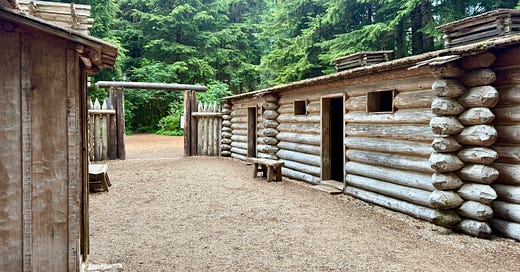


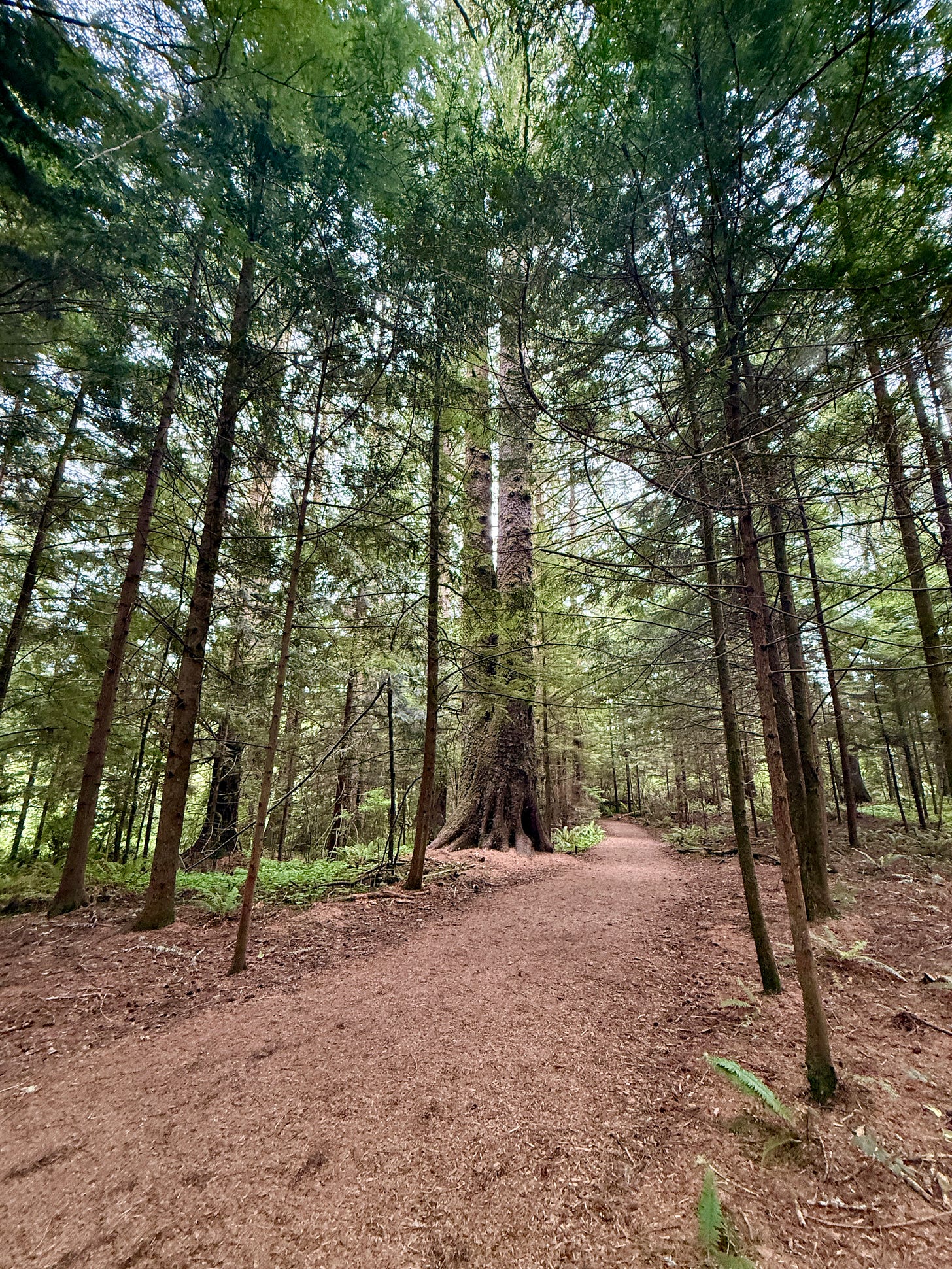
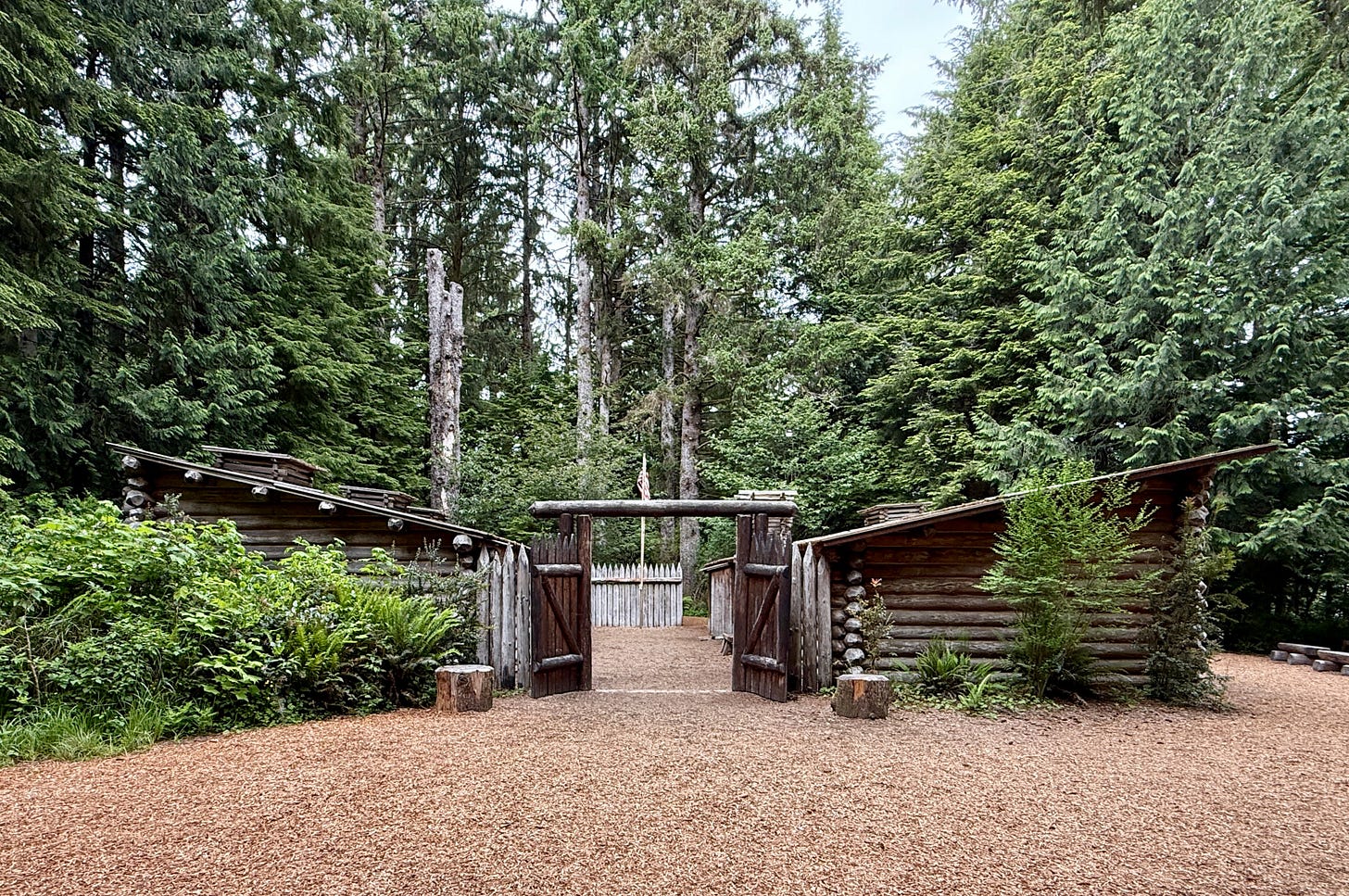
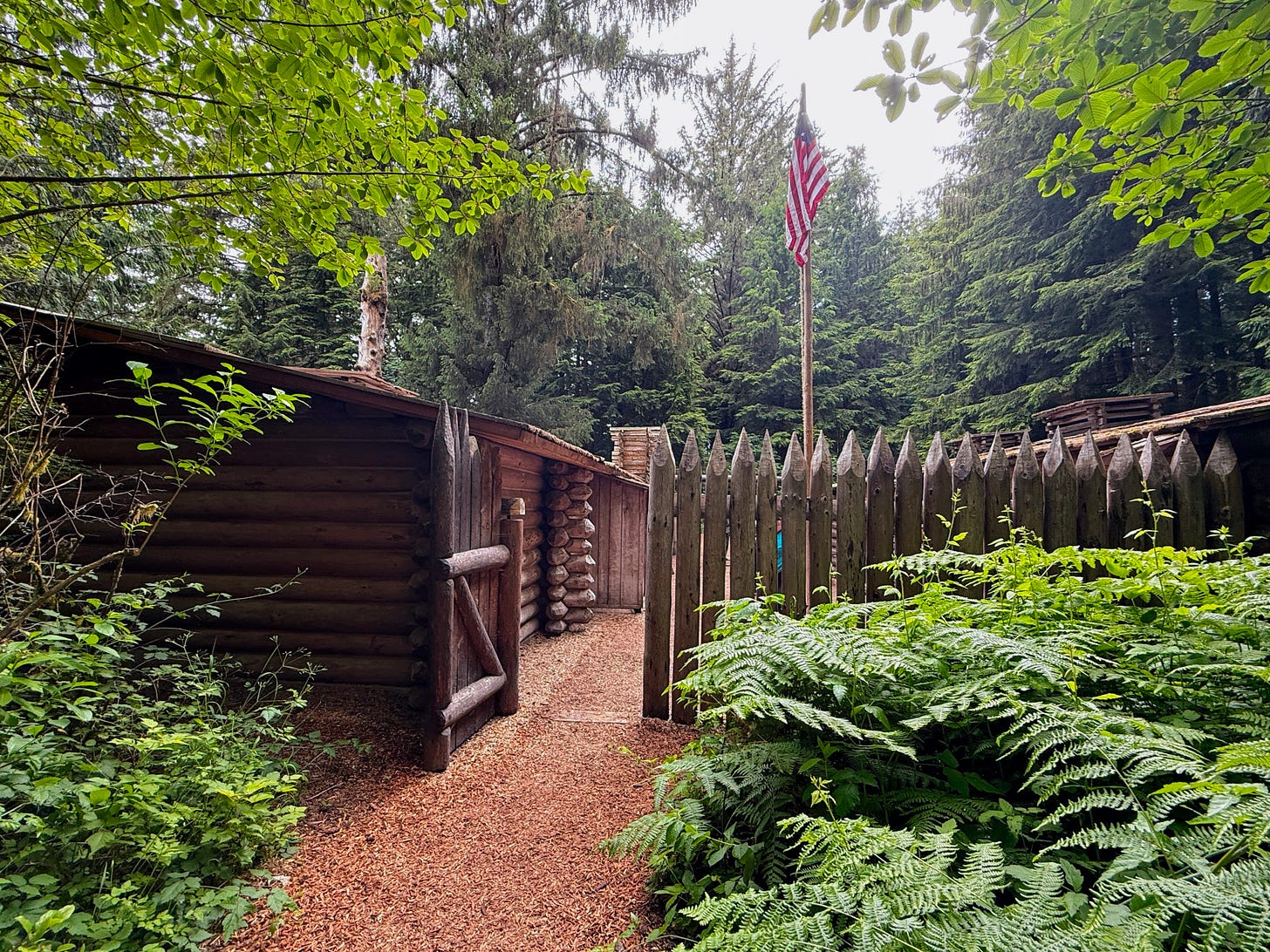


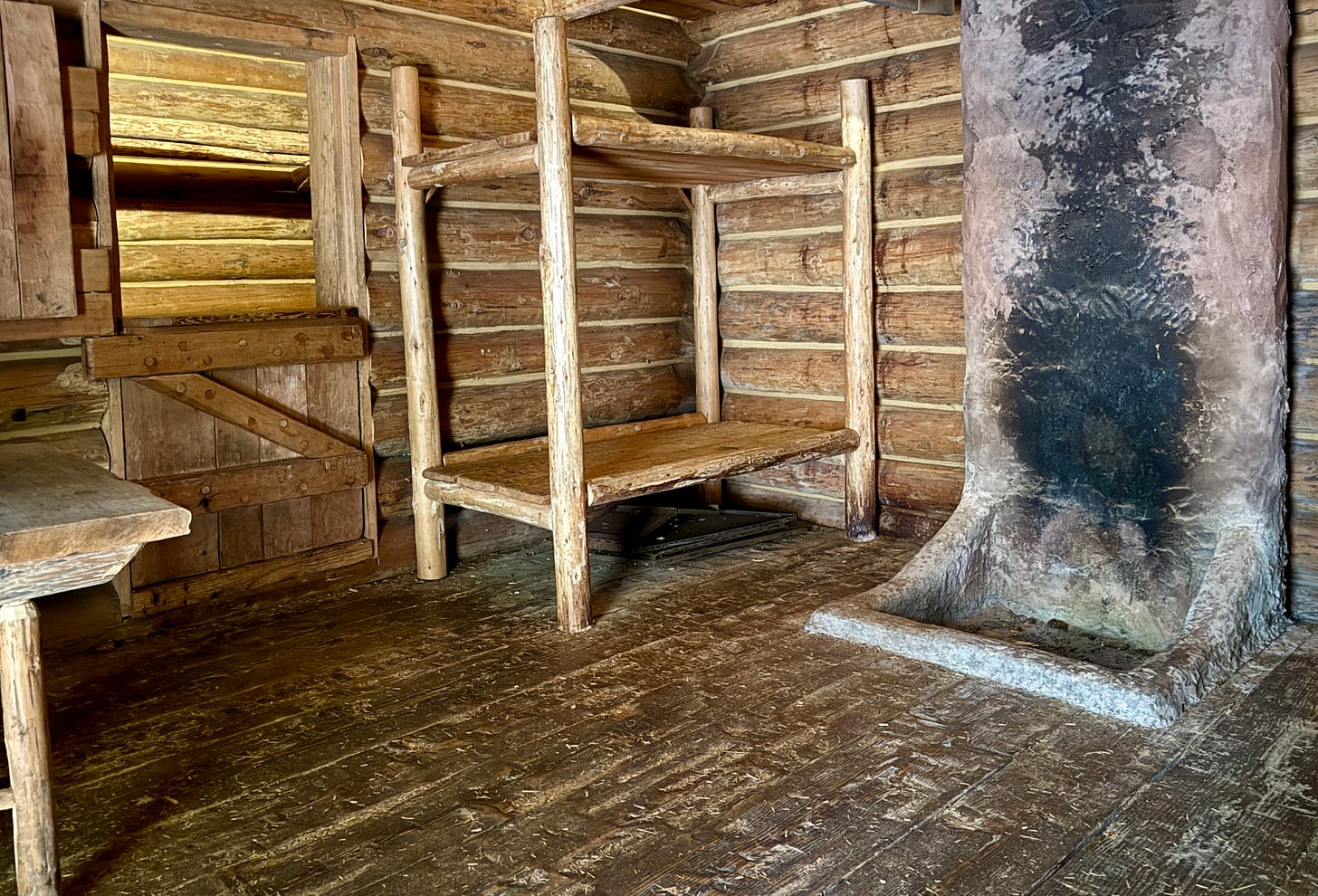
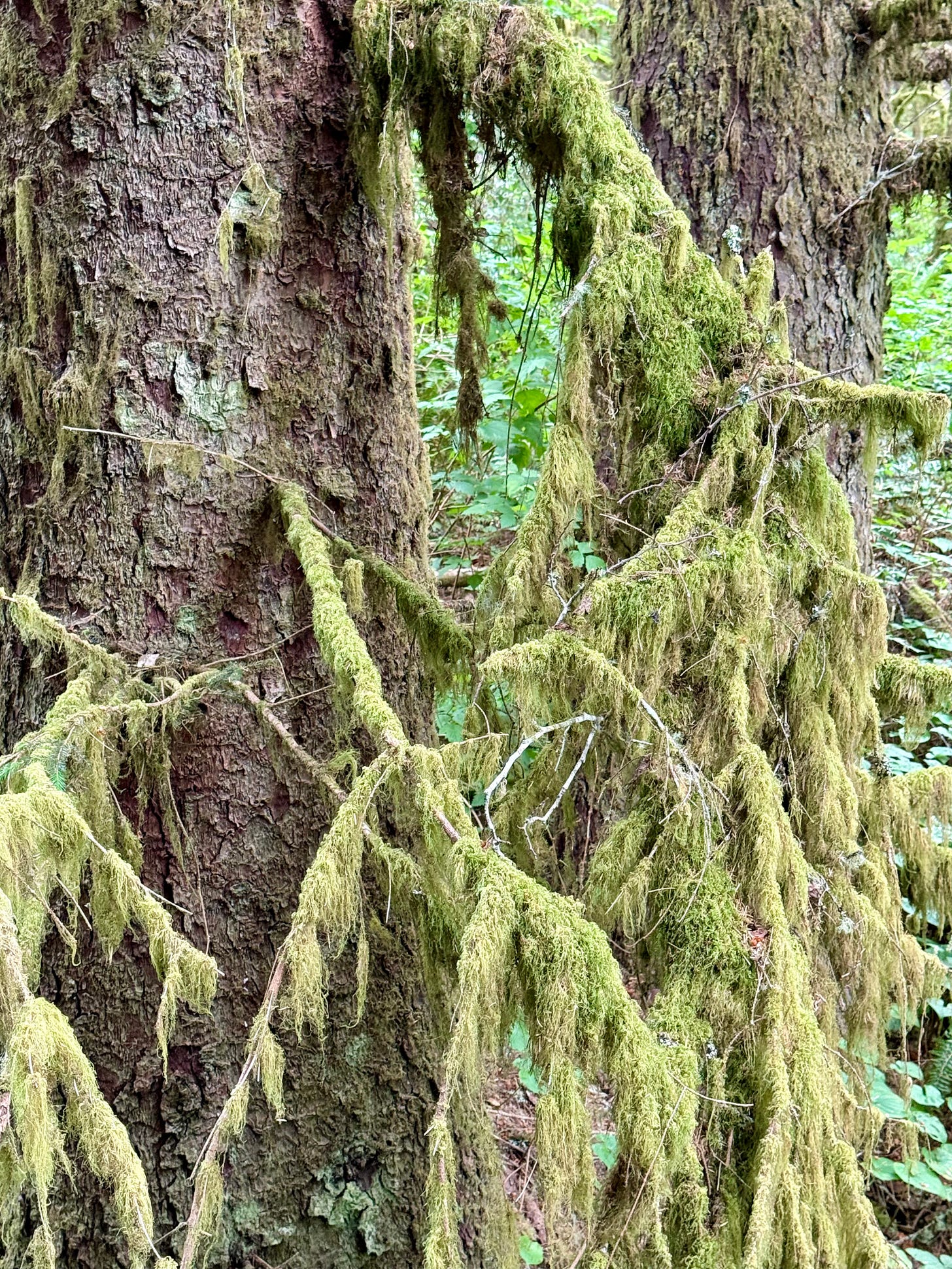
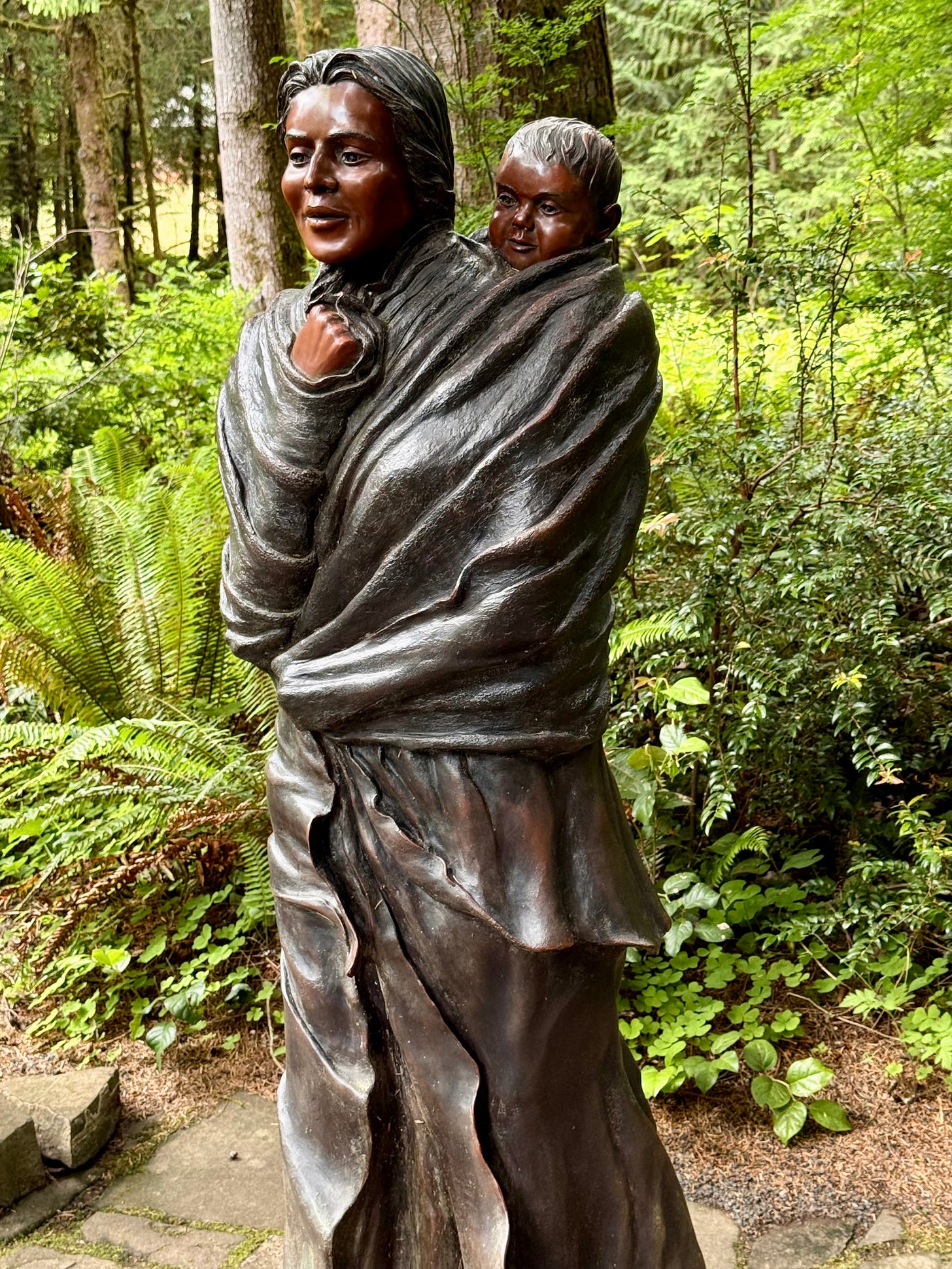

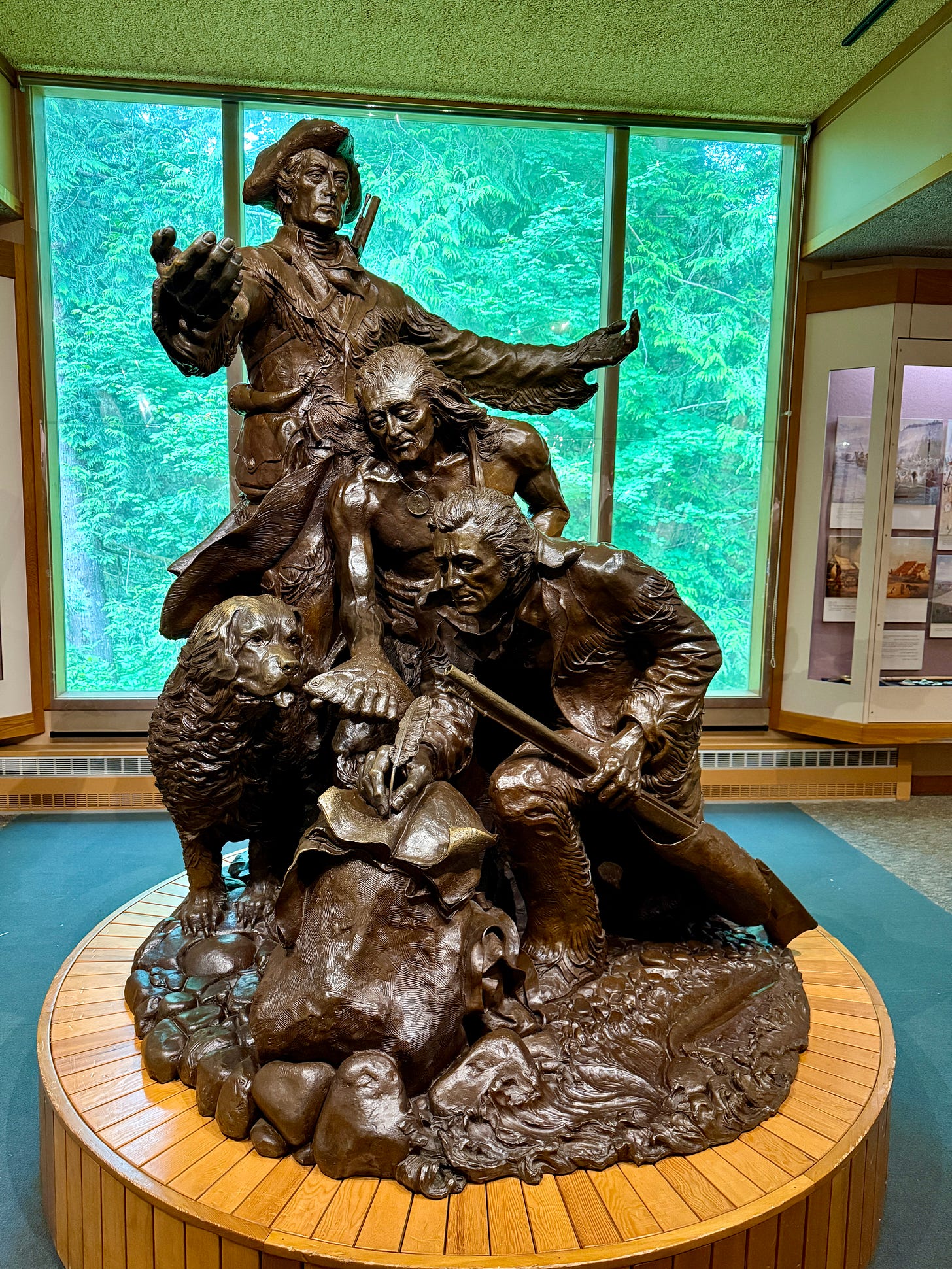
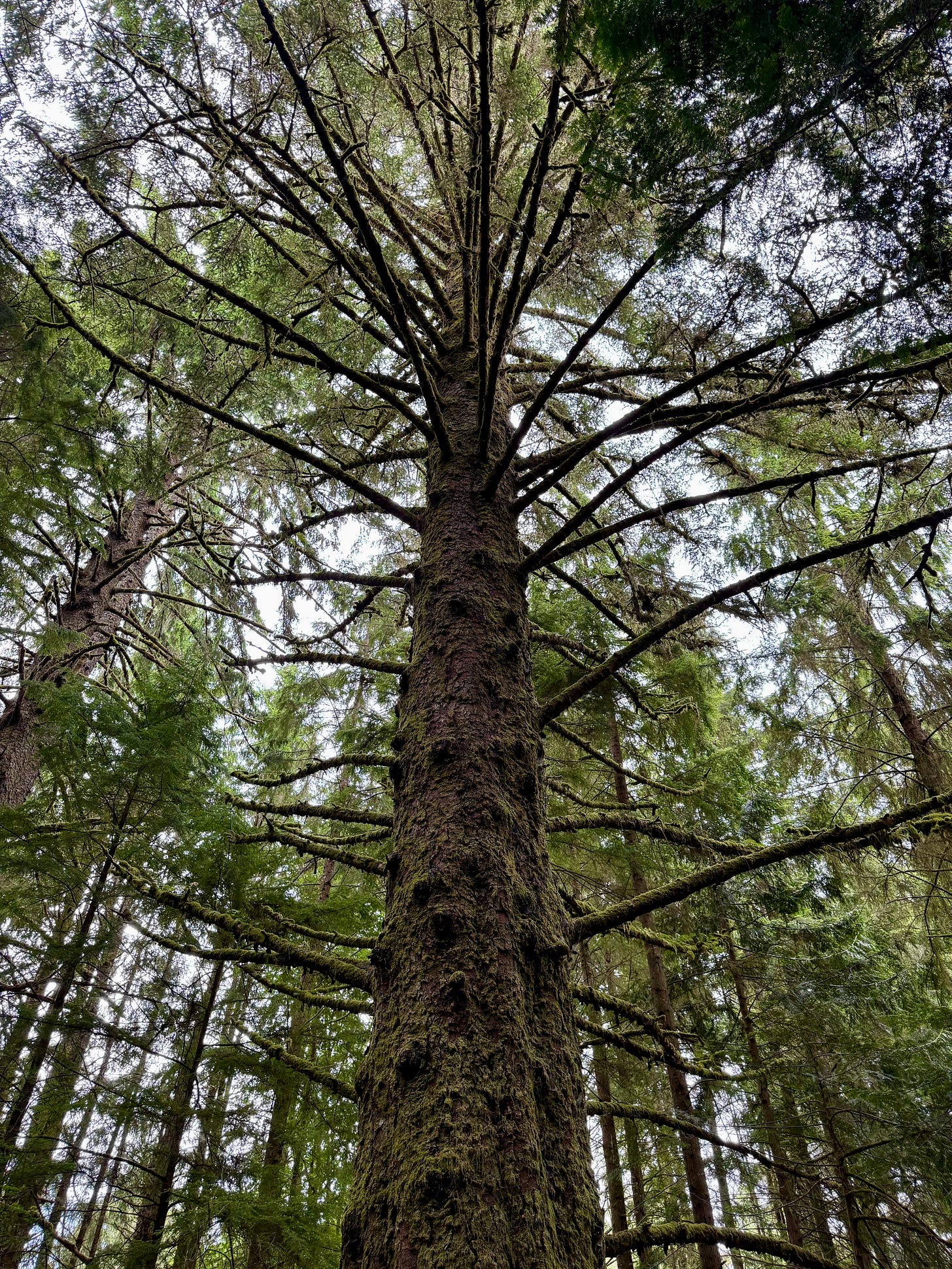
Thank you. We’ve never been. Maybe one day . . .
Look stunning! I was just in Saint Charles, MO And caught sight of one of the many statues dedicated to Lewis and Clark. Now, you’ve engaged my curiosity, and I shall be researching who sculpted those statues. They look very similar, and it would be very cool if statues bookended their journey.